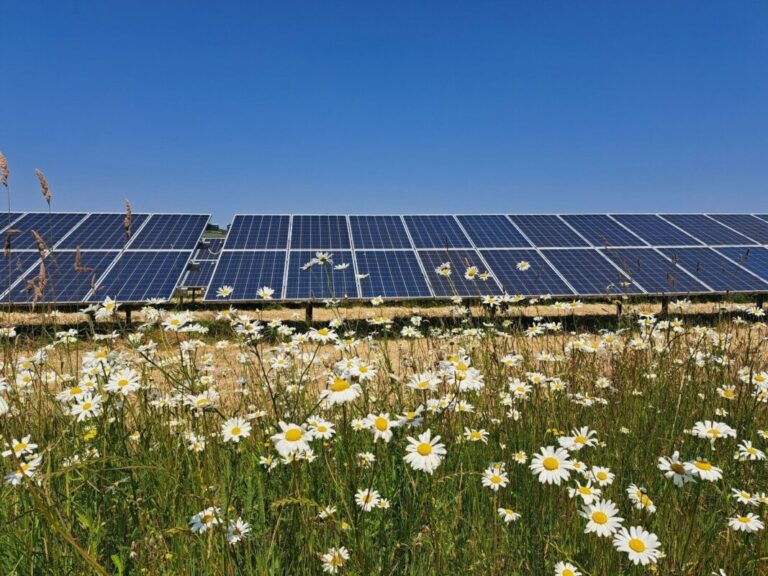British renewable energy company RES has submitted a planning application to Armagh City, Banbridge and Craigavon Borough Council for a 29.9 MW solar project.
Located on land about 1 kilometer south-west of Magheralin, initial plans for the project were presented at a public exhibition in March 2023, allowing people to learn more about the proposal and give RES their views.
As a result of the detailed design process, a number of design changes have been made to ensure that the solar farm does not unduly disrupt the existing environment.
These changes include the removal of two parcels and the relocation of the substation to reduce potential visibility, resulting in a reduction in the project size by more than 45 hectares.
RES said it selected the site because it has good solar radiation levels, is outside legal environmental and landscape designations and is close to a viable grid connection.
Rachel Buchanan, development project manager at RES, said: “Solar energy is a free and inexhaustible resource that can play an important role as part of a balanced energy mix. Large-scale solar energy, among other renewable technologies, is now the cheapest form of new electricity generation, making solar development beneficial not only for the environment, but also for bill payers.
“We hope that Armagh City, Banbridge and Craigavon Borough Council will agree that Magheralin Solar Farm is optimally placed to help tackle climate change and make a positive contribution to Northern Ireland’s target of to obtain at least 80% of electricity consumption from renewable sources by 2030.”
Environmentally friendly
An extensive landscape planting plan will be included with the planning application, setting out measures to improve the existing planting and the planting of new trees and hedges.
In addition to reducing the potential visibility of the solar farm, these measures can increase biodiversity by providing wildlife corridors and essential resources for mammals, birds and insect species.
A recent study supported by Solar Energy UK found that solar farms deliver significant biodiversity gains and have the potential to deliver even more.
The study ‘Solar Habitat 2024: Ecological trends on solar farms in the UK’, carried out in collaboration with ecological consultancy firms Clarkson & Woods and Wychwood Biodiversity, shows that solar farms can become ‘safe havens for biodiversity’ and can play an ‘important role’ playing in nature. restoration.
The study analyzed 87 solar sites in 2023, using a standardized methodology that Solar Energy UK developed with Lancaster University in 2022.
The findings showed that vulnerable and Red List species such as skylarks are among the most common wildlife present on UK solar farms.
Yellowhammers, linnets and starlings – all red-listed bird species – were also present at the observed basking sites.
On the ground, brown hares, a species under conservation, made up 40% of mammal observations at the 87 sites observed.
The report also included a number of case studies, one of which showed that it is possible to grow chamomile for commercial use between rows of solar panels – an effective application of the concept of ‘agri-PV’.
Furthermore, the report showed that planting plugs and potted plants under solar panels has an 80% better survival rate after two years than sowing seeds.


